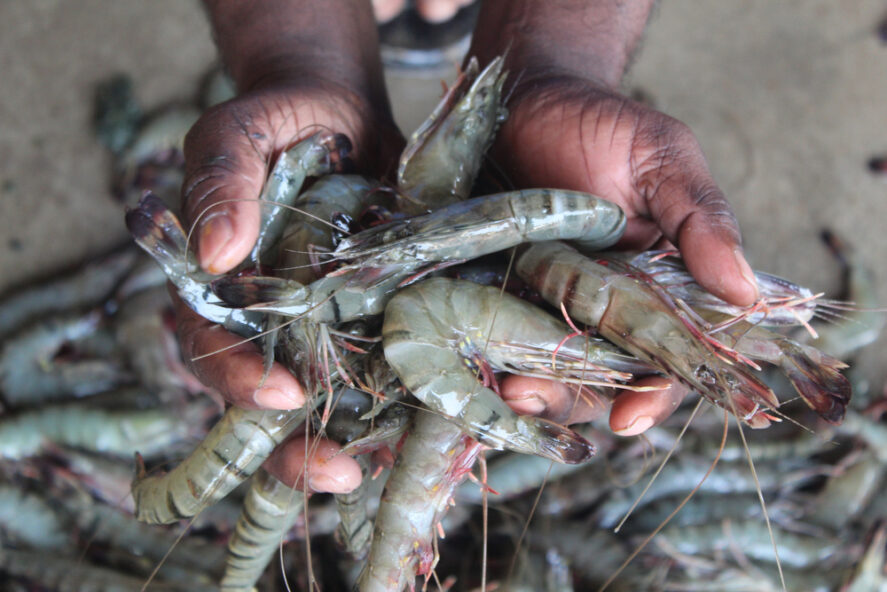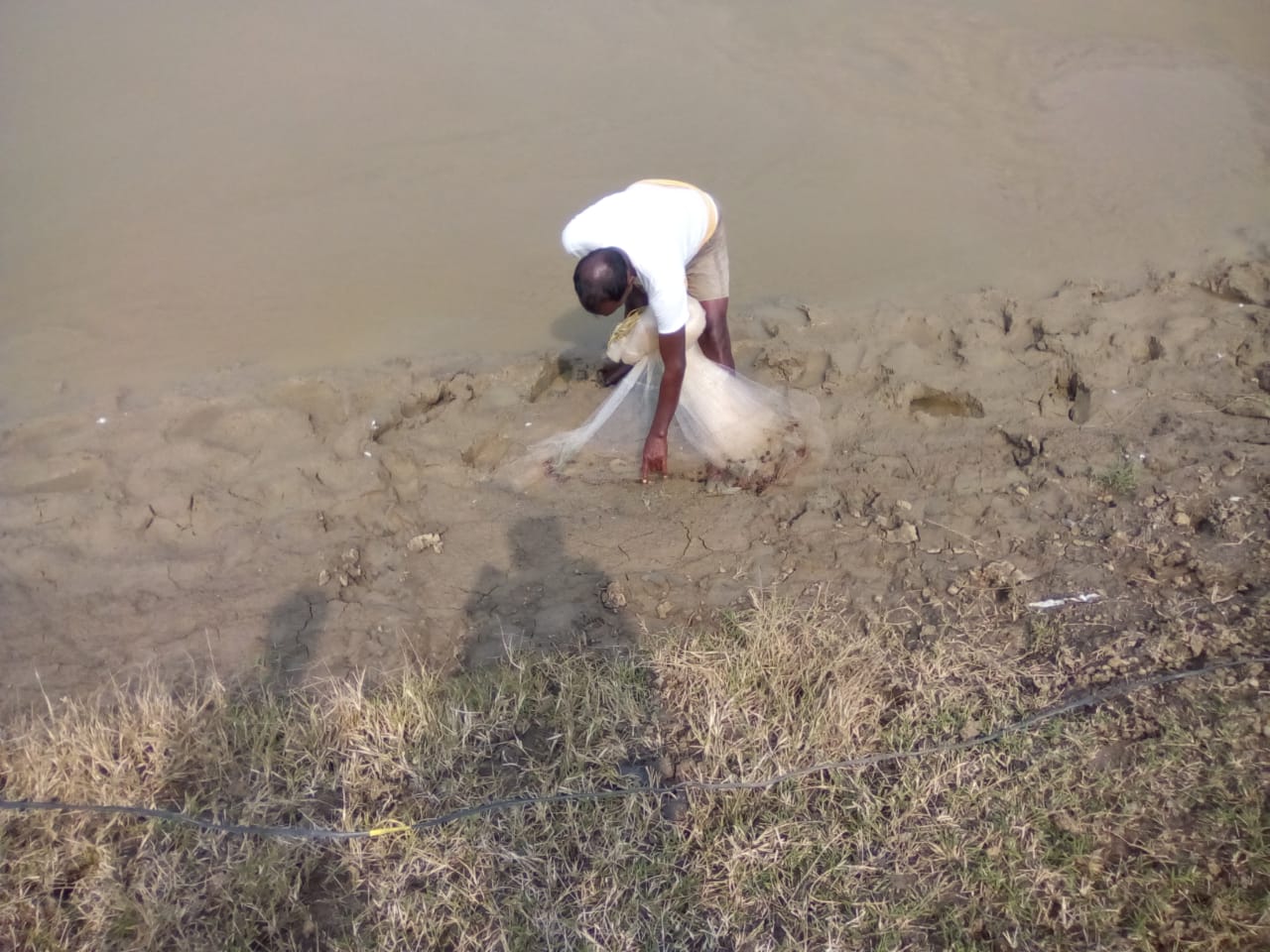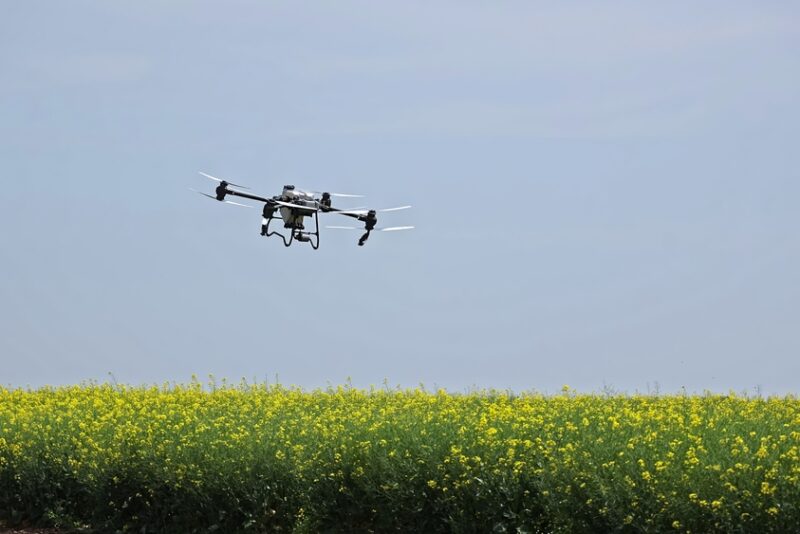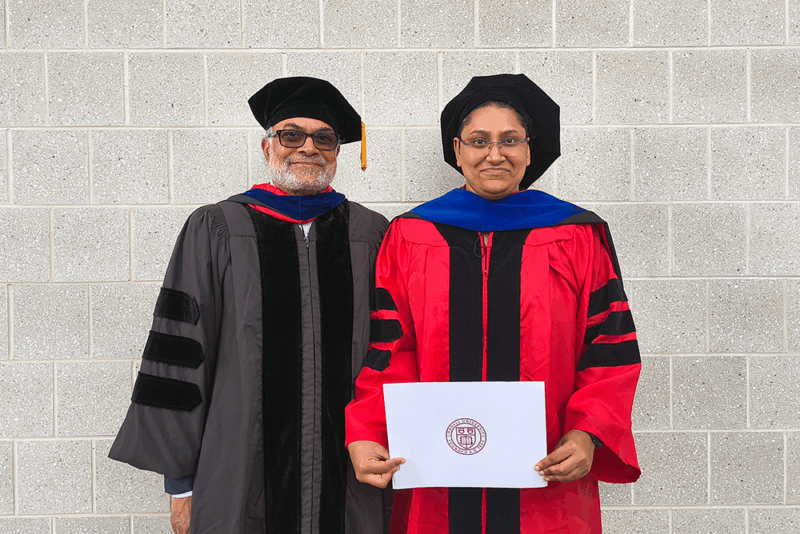Navigating the Waters: Exploring Shrimp Cultivation in Coastal Odisha

Sitting in the coastal village of Inchudi in the Baleshwar district of Odisha, India, I spoke with Raju (name changed), a generational shrimp farmer with over 20 years of experience, about the precipitous rise of shrimp aquaculture in his village and the challenges he and other farmers face.
“Shrimp farming feels easy and profitable, until a sudden disease or natural calamity strikes,” he said. “Then, in the blink of an eye, all is lost.”
Exploring aquaculture in India
With business booming, aquaculture is increasingly recognized as a pivotal force driving India’s export economy. Broadly defined, aquaculture involves the cultivation of aquatic organisms such as fish, crustaceans, mollusks, and aquatic plants under controlled conditions. This encompasses nurturing these organisms in ponds, tanks, cages, or other artificial environments, covering a spectrum of water salinities.
India, blessed with an extensive coastline and labyrinth network of rivers, boasts abundant resources conducive to aquaculture. The practice plays a pivotal role in India’s economic landscape, bolstering food security, fostering employment opportunities, and building foreign exchange reserves.
Within the realm of aquaculture, my research focuses on shrimp farming, a cornerstone of agricultural exports and a vital lifeline for many coastal communities.
The growth of shrimp farming in Odisha
Geographically, my research spans the coastal districts of Odisha, a significant player in India’s aquaculture landscape. With a sprawling, 450 kilometer coastline constituting 8% of the national sea shore and covering 155,707 square kilometers (accounting for 4.87% of India’s total land area), Odisha holds immense potential to contribute to India’s “Blue Revolution.” The state boasts a substantial brackish water area of 4.18 lakh hectares suitable for shrimp and fish production, signaling promising opportunities for growth.
Over the past two decades, Odisha has witnessed remarkable growth in brackish water shrimp aquaculture. The shrimp culture area has surged by 2.5 times, expanding from 6,038 hectares to 15,405 hectares. Productivity has soared nearly sixfold, from 1.06 metric tons per hectare in 2000-01 to 5.85 metric tons per hectare in 2019-20. A large part of this productivity growth owes its origin to the introduction of the of Litopenaeus vannamei breed of shrimp in India in 2009-10. This breed is known for its faster growth rates, leading to shorter harvesting cycles compared to other shrimp breeds. This growth is reflected in seafood exports, which have experienced a tenfold increase in value, rising from Rs. 379 crore ($55 million) in 2000-01 to Rs. 3,243 crore in 2019-20, accompanied by an almost three-fold rise in quantity exported from 21,311 metric tons in 2011-12 to 66,654 metric tons in 2019-20. Seafood exports now contribute significantly to the state’s export revenue, accounting for 6.81% of the total.
Fieldwork and research methodology
My fieldwork concentrates on five coastal districts of Odisha: Baleswar, Bhadrak, Kendrapara, Jagatsinghpur, and Puri. Within these districts, I identified ten blocks with a high density of shrimp farmers and conducted interviews with 600 farmers. The majority of respondents are male (97%), with an average age of 47. The average farmer in the group has 14 years of experience. This sample reflects the diversity of shrimp farming across the Odisha coastline in terms of pond size (ranging from 0.02 acres to 150 acres) and production volume (from 10 kilograms to 440 tons).
Technology adoption and farming practices
Through my fieldwork, I have observed varying levels of technology adoption and shrimp cultivation practices across districts and even within blocks. Baleshwar and Bhadrak exhibit higher utilization of physical technologies, such as aerators and water and soil test-kits (nearly used in 98% of our sample), along with a greater reliance on specific pathogen-free postlarvae (SPF-PL) compared to Puri, Jagatsinghpur, and Kendrapara. Shrimp farming practices range from traditional methods relying on natural pond nutrients to scientifically informed approaches involving feed charts and “check-trays” (mesh trays that aid in feed management by monitoring leftover feed). My research also uncovered diverse land-leasing practices across different field sites, including informal agreements, official lease statements, land auctions, and the illegal occupation of public lands for shrimp farming.
The shrimp industry in Odisha showcases a remarkable diversity in farming techniques, leasing arrangements, and technological adoption. However, farmers also encounter a wide array of challenges in this sector.
Challenges surrounding shrimp farming
While shrimp farming has emerged as a highly profitable venture, attracting considerable investment and activity across various Indian states, its economic benefits bring forth significant negative consequences, notably its impact on soil health. Farmers holding agricultural lands near shrimp ponds often report damage to their fertile fields due to untreated effluents. This issue extends beyond Odisha, affecting states like Andhra Pradesh and Tamil Nadu, where intensive shrimp cultivation has led to land degradation, groundwater pollution, and other agroecological challenges, including the conversion of rice fields into shrimp ponds. Shrimp farming also poses threats to coastal mangrove forests, particularly in West Bengal and Odisha.

A shrimp farmer working in the field. (Photo by Shree Saha/TCI)
In our study, villages in Puri district, bordering the expansive Chilika Lake, exemplify the delicate balance between shrimp farming and environmental conservation. Many farmers in Puri lament the government’s prohibition of open-water shrimp farming in Chilika Lake, which has resulted in the loss of livelihoods for numerous individuals. Similar narratives emerged from Mohkalpara block in Kendrapara District, situated near the Bhitarkanika Reserve Forest.
Farmers face challenges not only due to their proximity to ecologically sensitive areas but also concerning the type of “seeds” (post-larval shrimp) used. Despite government guidelines for certifying seeds as specific pathogen-free (SPF) based on hatchery sanitary conditions, many farmers remain uncertain about the authenticity of their seeds. The complexity of the certification processes and the inability to verify them contribute to this confusion, and some farmers suspect hatcheries of falsely certifying seeds. The absence of institutional oversight, coupled with a lack of platforms for farmer advocacy, leads to the neglect of farmers’ voices and grievances.
While shrimp farming holds promise for India’s economic growth, ensuring its sustainability requires proactive measures. Persistent outbreaks of shrimp virus diseases like the White Spot Syndrome Virus and Early Mortality Syndrome pose significant risks, often resulting in substantial losses for shrimp farmers, leaving them burdened with debt. Furthermore, most shrimp farmers have limited control over the sale prices of their produce, as procurement companies dictate prices. Given the perishable nature of shrimp, farmers become reliant on these companies or exporters once harvesting is complete. This lack of autonomy in pricing further exacerbates the challenges faced by shrimp farmers in Odisha.
Toward a sustainable shrimp farming system
As shrimp continues to gain importance in India’s export market, initiatives like the promotion of shrimp seed certification, the establishment of traceability chains, and investment in protocols supporting farmer-led organizations can enhance the industry’s resilience. Many of these can be achieved by harnessing the transformative potential of digital solutions.
However, my research highlights that while such digital technologies offer opportunities for efficiency and sustainability, their adoption remains very limited. Raju’s remark about how disease or calamity can swiftly erase any gains encapsulates a recurring theme expressed in all of my interviews with shrimp farmers—even in a booming industry, the specter of crop loss is always looming. These anxieties create a strong preference for human interaction due to concerns about the perceived time-consuming nature of digital tools.
Nevertheless, integrating digital tools effectively could revolutionize shrimp farming practices, maximizing economic benefits while minimizing environmental impact. By prioritizing research to understand and address these barriers to adoption, India can unlock the transformative power of digital initiatives. Through a concerted effort to bridge the gap between potential and practice, the shrimp farming industry can embrace sustainable and holistic change, ensuring its long-term viability and resilience in the global market.
Shree Saha is a TCI scholar and a PhD student in the field of applied economics and management at Cornell University.
Featured image: A man holds up handfuls of shrimp. (Photo by Biswaphotography93/Shutterstock)





